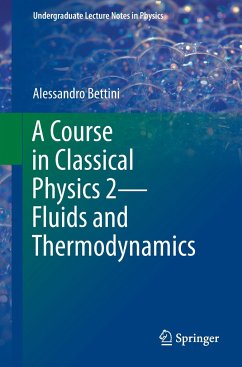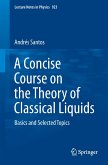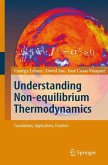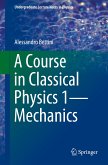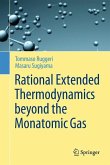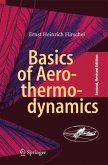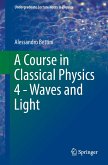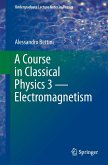This second volume covers the mechanics of fluids, the principles of thermodynamics and their applications (without reference to the microscopic structure of systems), and the microscopic interpretation of thermodynamics.
It is part of a four-volume textbook, which covers electromagnetism, mechanics, fluids and thermodynamics, and waves and light, is designed to reflect the typical syllabus during the first two years of a calculus-based university physics program.
Throughout all four volumes, particular attention is paid to in-depth clarification of conceptual aspects, and to this end the historical roots of the principal concepts are traced. Emphasis is also consistently placed on the experimental basis of the concepts, highlighting the experimental nature of physics. Whenever feasible at the elementary level, concepts relevant to more advanced courses in quantum mechanics and atomic, solid state, nuclear, and particle physics are included. Each chapter begins with an introduction that briefly describes the subjects to be discussed and ends with a summary of the main results. A number of "Questions" are included to help readers check their level of understanding.
The textbook offers an ideal resource for physics students, lecturers and, last but not least, all those seeking a deeper understanding of the experimental basics of physics.
It is part of a four-volume textbook, which covers electromagnetism, mechanics, fluids and thermodynamics, and waves and light, is designed to reflect the typical syllabus during the first two years of a calculus-based university physics program.
Throughout all four volumes, particular attention is paid to in-depth clarification of conceptual aspects, and to this end the historical roots of the principal concepts are traced. Emphasis is also consistently placed on the experimental basis of the concepts, highlighting the experimental nature of physics. Whenever feasible at the elementary level, concepts relevant to more advanced courses in quantum mechanics and atomic, solid state, nuclear, and particle physics are included. Each chapter begins with an introduction that briefly describes the subjects to be discussed and ends with a summary of the main results. A number of "Questions" are included to help readers check their level of understanding.
The textbook offers an ideal resource for physics students, lecturers and, last but not least, all those seeking a deeper understanding of the experimental basics of physics.
"The second volume treats fluids and thermodynamics. ... Alessandro Bettini has fulfilled the ambitious goal of writing a treatise that covers all of classical physics with a depth suitable for honor undergraduate courses. ... Bettini's books not only teach but inspire, and they will appeal to students and professors alike who feel that physics is truly rich of great ideas that deserve to be studied with devotion and love." (Giuseppe La Rocca, Il Nuovo Saggiatore, April, 2017)

